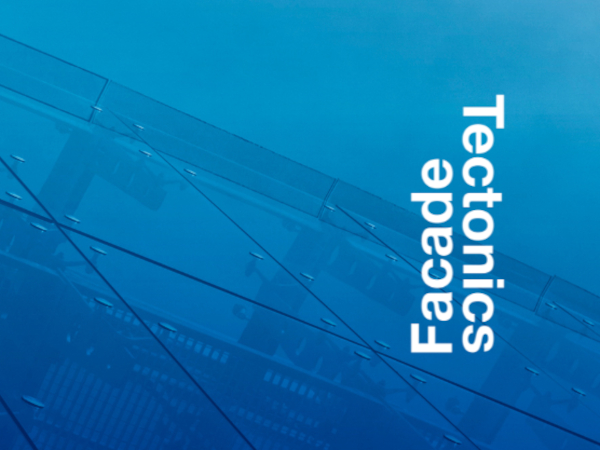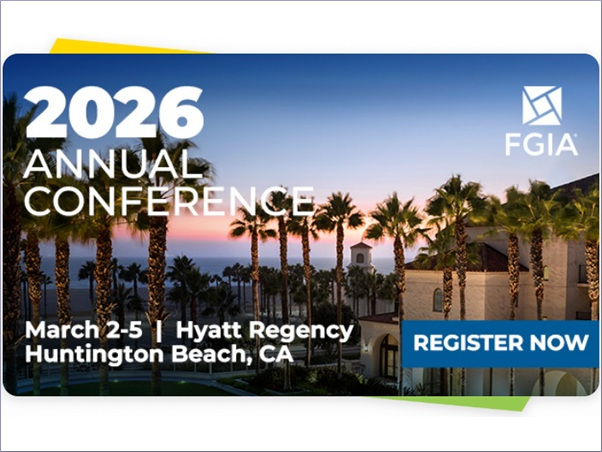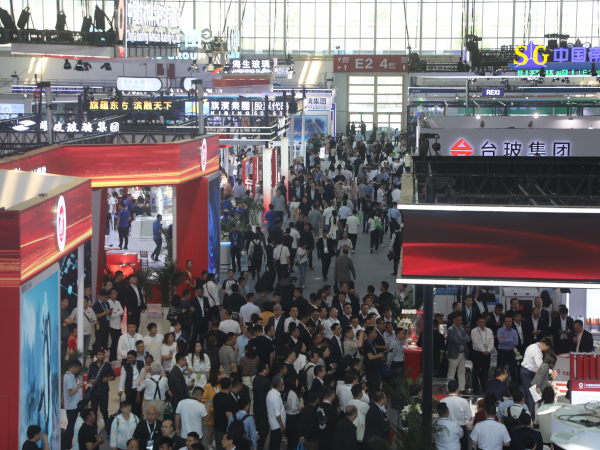
Date: 17 November 2025
During the 2025 FGIA Fall Conference, FGIA Certification Services Manager, Fenestration, Jason Seals gave a presentation offering an overview of the AAMA Certification Programs, their respective processes and ways to best address common issues experienced by program licensees.
What is AAMA Certification?
Here are FGIA’s AAMA Certification programs and their subparts:
- Air-Water-Structural (AWS) Certification
- NFRC Thermal Certification
- Manufactured Housing Component (MH) Certification
- Impact Performance – ASTM E1886/1996
- Profile Certification- vinyl and fiberglass
- Insulating Glass Unit (IGU) Certification
- Component Verification
- Laboratory Accreditation
- Full-Service Lab Accreditation- LAP-1
- Component Lab Accreditation- LAP-2
- Field Test Agency Accreditation- LAP-3
“Certification” means production of labeled products under an approved Quality Management System (QMS), as well as surveillance inspections and audits of the QMS. AAMA Certified fenestration products are Tested by AAMA-accredited labs to all requirements of the North American Fenestration Specification (NAFS), produced by licensed manufacturers, manufactured in plants regularly audited for product assembly, QMS and fabricated with verified components and certified profiles. They can also be listed in the online AAMA Certified Products Directory (CPD).
Finally, all certified products must be labeled as such. By applying the label, the manufacturer certifies that the product meets all the requirements of the referenced standard. A product is NOT considered certified until it is labeled by the manufacturer.
Certification Process
These are the steps for certifying to the AWS, Thermal, IGU and Profiles programs:
- Step 1: Licensing
- Step 2: QMS approval
- Step 3: Testing (In a lot of cases, this should technically be the first step, Seals noted)
- Step 4: Authorization to certify
- Step 5: Certification of Products. Seals said that this is when the manufacturer certifies the product by applying the AAMA certification label. Only products built like the tested model or with approved modifications can be labeled.
- Step 6: Surveillance Inspections
For that last step, a validator visits the licensee’s manufacturing plant(s) at least twice annually to determine compliance with the requirements of the program. The inspector checks incoming materials, in process fabrication and finished products. They also audit the QMS to confirm it is being implemented as written on an ongoing basis.
Steps for laboratory accreditation are very similar:
- Application submittal and QMS review
- Review of materials
- Onsite inspection
- Accreditation
- Surveillance audits
The Verified Components Program is unique as it is based solely on testing. There are no inspections or audits, and no QMS submittals. The program only verifies that the component test report meets the requirements of the test specification. The manufacturer promises to continue manufacturing the component as-tested.
Common Issues Experienced by Licensees
Across all FGIA certification programs, the most frequent challenge is maintaining current contact information. When licensees fail to update FGIA about changes in key personnel or contact details, they risk missing critical communications such as invoices, inspection reports, and program updates. To prevent disruptions, FGIA verifies contact information annually through the renewal survey and encourages prompt reporting of any changes, but any changes in contact information should be reported to FGIA ASAP.
Testing lead time is another major factor affecting program success. Many tests required by our programs take months to complete. For example, finish testing per AAMA 615, 625, and 2605 require over five months of accelerated weathering exposure, while IGU compliance testing to ASTM E2190 typically takes six months and restarts if a failure occurs. Similarly, vinyl profile compounds must undergo at least a year of outdoor weathering, though provisional approval may be available in some cases. Laboratory availability can further extend timelines.
Creating a compliant Quality Management System (QMS) is also a common challenge. Labs seeking accreditation must meet requirements outlined in the LAP procedural guide and ISO/IEC 17025. For product certification, QMS documentation must comply with AAMA 103 and NFRC 700. FGIA provides tools such as QMS checklists for labs and the QMS User Guide (QMSUG) for manufacturers to help licensees meet these requirements.
Finally, development of a detailed and accurate test plan before testing commences can save time and cost. Detailed test plans for both structural and thermal certification help balance comprehensive product coverage with budget limitations. It is recommended that the test plan be reviewed with the certification agency, professional engineer, architect, or other design professional before test units are ordered and testing commences.
For questions about AAMA Certification, reach out to Jason Seals.
 600450
600450








Add new comment